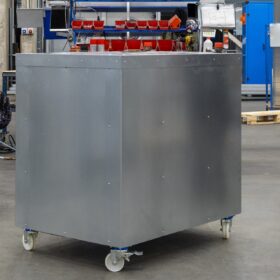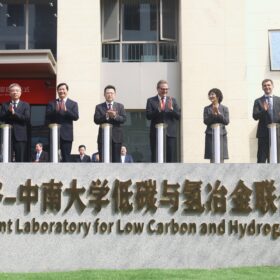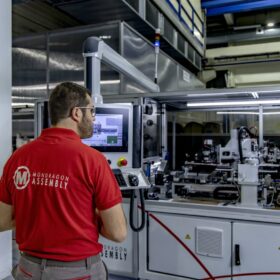Hungary refinances rebate scheme for residential solar
The Hungarian government is investing an additional HUF 30 billion ($83.9 million) into its HUF 75.8 billion rebate program for residential solar and storage systems. The scheme, which launched in January, is now expected to support more than 25,000 households.
Biodiversity expanding at 138 MW solar project in Hungary
Ecological monitoring reveals rising plant and bird species diversity at a 138 MW nature-friendly solar park in Hungary during its first year of operation.
Hungarian startup offers PCM-based thermal battery with energy density of 30 kWh/m3
Hungary-based Heatventors is offering its new thermal energy storage system with capacities of 10 kWh, 30 kWh, and 60 kWh. The thermal battery is combinable with solar PV and has an expected service life of over 10,000 cycles.
Hungary awards funding for 440 MW of storage
The Hungarian government has earmarked HUF 62 billion ($169 million) for grid-scale energy storage projects in a bid to facilitate further deployment of renewable energy sources.
Reducing photovoltaic-thermal module temperature with iron, copper oxide
An international research team has proposed using iron oxide and copper oxide to lower photovoltaic-thermal (PVT) solar module temperature. Their analysis showed that the two compounds were able to lower the panels’ operating temperature by 23.49% and 34.58% respectively.
The Hydrogen Stream: Vale opens hydrogen metallurgy lab in China
Vale and Central South University have launched a joint laboratory for low-carbon and hydrogen metallurgy in Changsha, in China’s Hunan province, while Nippon Steel has secured approval to acquire U.S. Steel.
European consortium targets end-of-life PV panel silicon recycling
A European consortium of 11 commercial and non-profit organizations is developing several technologies to make use of end-of-life PV panels by either re-deploying them or by recovering and reprocessing the silicon.
Optimal tilt angle for agrivoltaic projects in Mediterranean region
Scientists in Turkey determined the optimal tilt angle for agrivoltaic projects associated with different crops in the central Mediterranean region, and other regions with similar latitude and climatic conditions.
Hungary’s 2023 solar capacity additions hit 1.6 GW
Hungary had a record year for new solar in 2023, taking its total capacity to more than 5.6 GW. However, analysts warn that government policies are restricting foreign investment, while grid capacity shortfalls could stunt the country’s rapid rise.
New solar tree design offers improved module cooling, lower shading losses
Researchers in Hungary have proposed to build photovoltaic trees with a significant distance between the solar panels. The proposed sunflower-shaped design reportedly reduces shading losses between the panels while improving cooling and heat dissipation.










